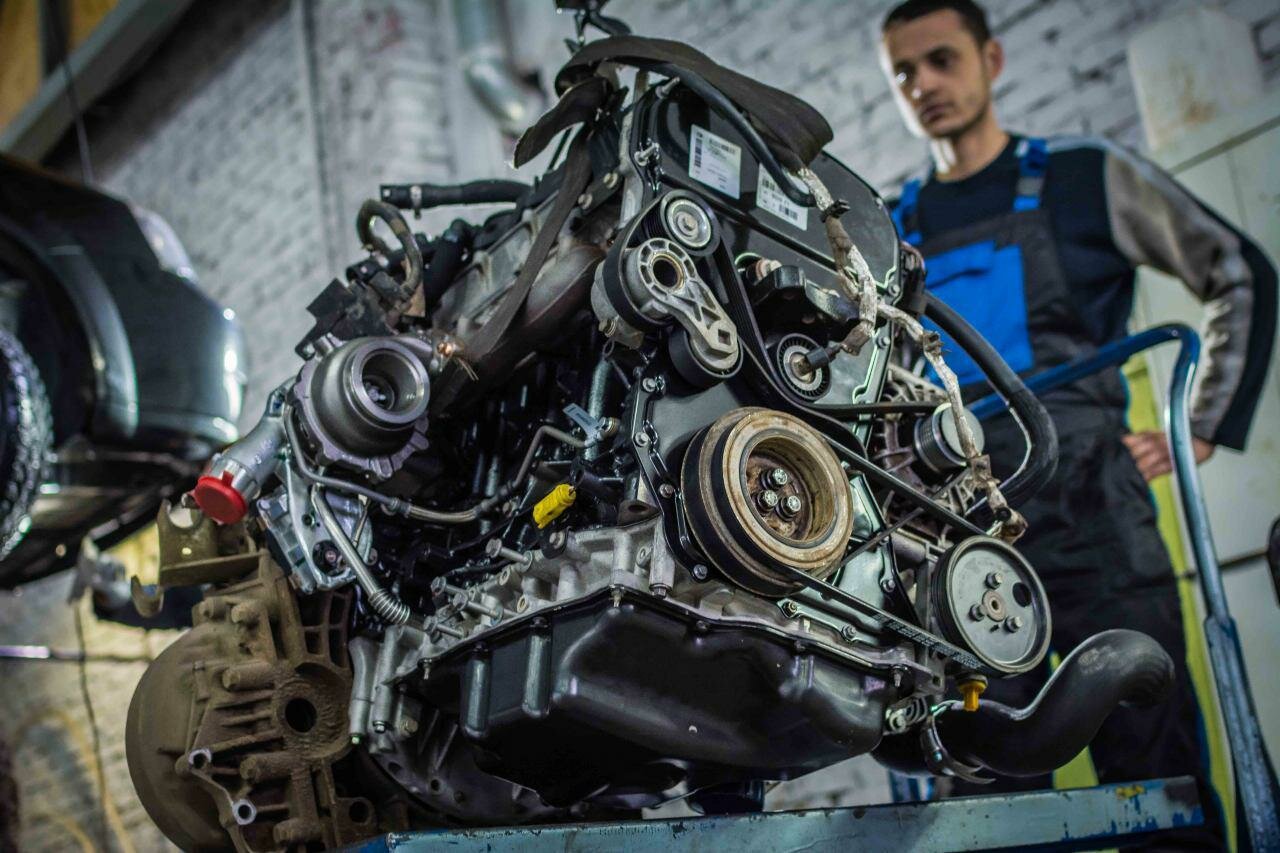Overview of the Ford 4.6 3V Engine
History and Development
The Ford 4.6-liter 3-valve (3V) engine is part of Ford’s Modular engine family, which has been in production since the early 1990s. Designed primarily for use in a variety of Ford vehicles, including the F-Series trucks, Mustangs, and Lincoln models, the 4.6 3V engine was introduced in 2004 as an upgrade to the earlier 2-valve and 4-valve versions. This engine aimed to enhance performance, fuel efficiency, and emissions control while maintaining the reliability that Ford is known for.
The 4.6 3V engine features a DOHC (Dual Overhead Cam) design with three valves per cylinder—two intake valves and one exhaust valve. This configuration allows for better airflow and combustion efficiency compared to its predecessors. The engine was equipped with variable cam timing (VCT) technology, which further optimized performance across a range of operating conditions. Its design made it a popular choice for both everyday drivers and performance enthusiasts.
Despite its advancements, the 4.6 3V engine has not been without its issues. Over the years, owners have reported a variety of problems that can affect performance, reliability, and overall satisfaction. Understanding these common issues is crucial for current and prospective owners, as they can lead to costly repairs and diminished vehicle performance. This article will delve into the specific problems associated with the Ford 4.6 3V engine, providing a clear picture of what to expect and how to address these challenges effectively.
Common Issues with the Ford 4.6 3V Engine
The Ford 4.6 3V engine, while an advancement in design and performance, has its share of problems that can plague owners. Understanding these issues is essential for maintaining the engine’s longevity and performance. Below are some of the most frequently reported problems associated with this engine.
1. Timing Chain Tensioner Failure
One of the most critical issues with the 4.6 3V engine is the failure of the timing chain tensioners. These components are responsible for maintaining the correct tension on the timing chain, which is crucial for the engine’s operation. When the tensioners fail, it can lead to:
-Engine noise: A rattling sound can be heard, especially during startup.
-Timing chain slippage: This can cause the engine to run poorly or not start at all.
-Potential engine damage: If the timing chain jumps, it can lead to catastrophic engine failure.
2. Spark Plug Blowouts
Another significant issue is the tendency for spark plugs to blow out of the cylinder head. This problem is particularly prevalent in vehicles with high mileage. The consequences include:
-Loss of power: A blown spark plug can lead to misfires and reduced engine performance.
-Damage to the cylinder head: This can result in costly repairs, as the threads in the head may be stripped.
-Increased emissions: Misfires can lead to higher emissions, potentially causing the vehicle to fail emissions tests.
3. Oil Consumption
Many owners have reported excessive oil consumption with the 4.6 3V engine. This can be attributed to:
-Worn piston rings: This allows oil to enter the combustion chamber, leading to increased consumption.
-Valve seal failure: This can also contribute to oil leaking into the engine, causing smoke and increased consumption.
4. Overheating Issues
Overheating can be a significant concern for the 4.6 3V engine, often caused by:
-Cooling system failures: Issues with the radiator, water pump, or thermostat can lead to overheating.
-Head gasket failure: This can result in coolant leaking into the engine, causing further overheating and potential damage.
5. Fuel System Problems
Fuel system issues can also arise, affecting performance and efficiency. Common problems include:
-Clogged fuel injectors: This can lead to poor fuel delivery and engine performance.
-Fuel pump failure: A failing fuel pump can cause starting issues and reduced power.
Top views |
|
|---|---|
 |
Oil, Timing Chains, Pistons: What Really Kills an Engine Prematurely? |
 |
How to Choose a Car with a Reliable Engine: Used Car Market Hacks That Actually Work |
Symptoms and Consequences
Understanding the symptoms associated with these problems can help in early diagnosis and prevention of further damage. Below is a table summarizing the symptoms and their potential consequences:
| Symptom | Potential Consequence |
|---|---|
| Engine noise (rattling) | Timing chain tensioner failure |
| Loss of power | Spark plug blowout or fuel system issues |
| Excessive oil consumption | Worn piston rings or valve seal failure |
| Overheating | Cooling system failure or head gasket issues |
| Starting issues | Fuel pump failure or clogged injectors |




0 Comments